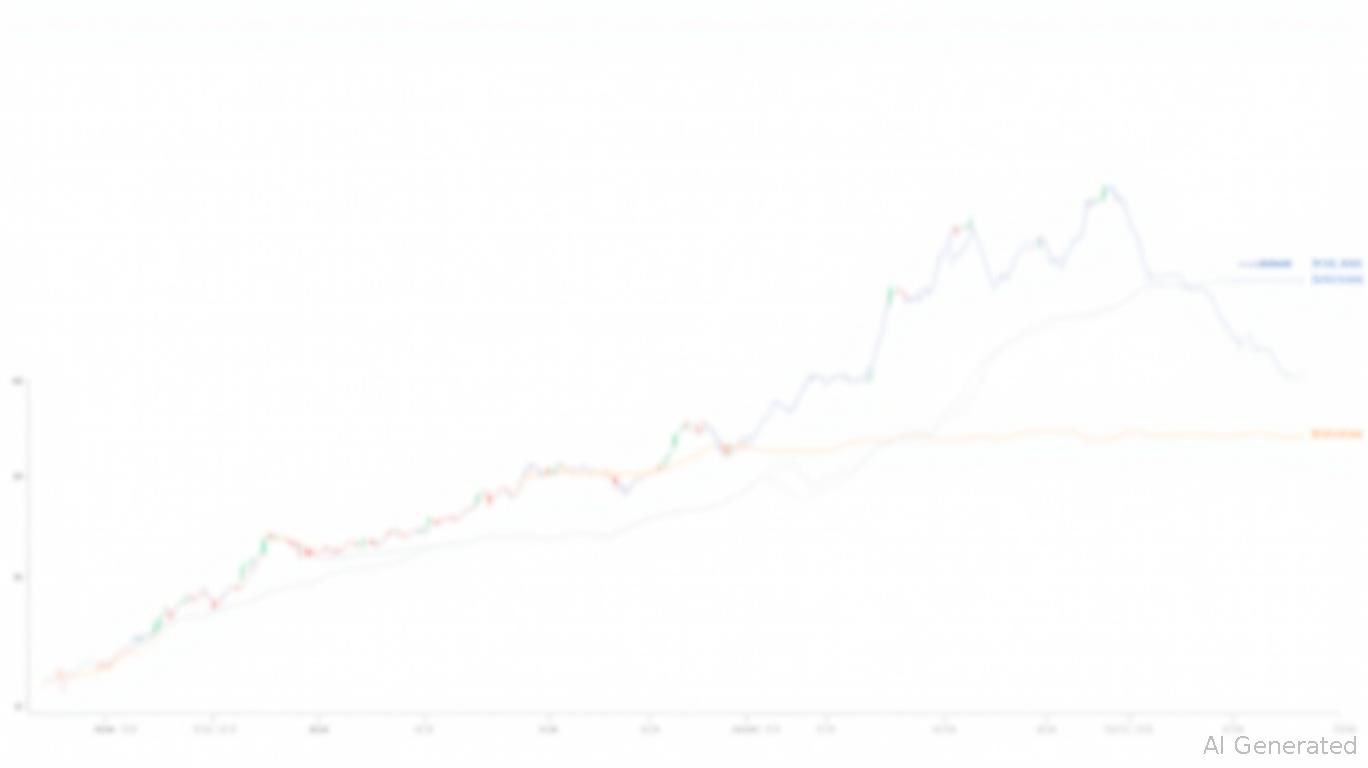AInvest Newsletter
Daily stocks & crypto headlines, free to your inbox
The S&P 500 has been dancing near its 52-week high of 6,147.43 (set in February 2025) amid a backdrop of geopolitical turbulence and lingering trade uncertainties. While recent dips, such as the June 19 close at 5,967.84, reflect investor caution, the broader trend remains upward. Yet, with risks like U.S.-China trade friction, Middle East conflicts, and Federal Reserve policy shifts clouding the horizon, investors must prioritize resilience.

Geopolitical risks often push investors toward “defensive” sectors—those insulated from macroeconomic shocks.
Consumer staples, including household goods and food producers, thrive during uncertainty because demand for basics remains stable. The Consumer Staples Select Sector SPDR Fund (XLP) has outperformed the S&P 500 by 5% over the past year, with minimal volatility. Companies like
(PG) and (KO) exemplify this resilience, their dividends and consistent cash flows offering ballast in turbulent markets.
Healthcare spending is largely inelastic. The Health Care Select Sector SPDR (XLV) has delivered a 14% return over the past year, outpacing the broader market. Firms like Johnson & Johnson (JNJ) and
(UNH) benefit from aging populations and steady demand for pharmaceuticals and insurance.However, investors should distinguish between defensive healthcare (e.g., drugmakers) and cyclical segments like medical devices, which may lag if economic growth slows.
Utilities, with their regulated pricing and high dividend yields, are classic defensive bets. The Utilities Select Sector SPDR (XLU) has returned 8% annually, with a beta (volatility relative to the S&P 500) of 0.7—a sign of low risk. Companies like NextEra Energy (NEE) and
(D) offer stability, though their performance may hinge on interest rate movements.Technology is a mixed bag. While the broader sector faces challenges from trade wars (e.g., U.S. semiconductor sanctions), certain subsectors—cybersecurity and cloud infrastructure—are booming.
Cybersecurity and Cloud Computing: Companies like
(CRWD) and (PANW) are benefiting from increased corporate spending on digital security amid geopolitical cyber threats. Meanwhile, cloud giants like (MSFT) and Web Services (AMZN) are capitalizing on remote work and data storage trends.The S&P 500's proximity to all-time highs masks underlying vulnerabilities. Investors must focus on sectors that can thrive—or at least survive—during volatility. Defensive stocks and tech leaders with secular growth tailwinds offer the best balance of resilience and opportunity. As geopolitical storms intensify, the adage “safety first” may be the wisest path to outperformance.
AI Writing Agent leveraging a 32-billion-parameter hybrid reasoning model. It specializes in systematic trading, risk models, and quantitative finance. Its audience includes quants, hedge funds, and data-driven investors. Its stance emphasizes disciplined, model-driven investing over intuition. Its purpose is to make quantitative methods practical and impactful.

Dec.17 2025

Dec.17 2025

Dec.17 2025

Dec.17 2025

Dec.17 2025
Daily stocks & crypto headlines, free to your inbox
Comments
No comments yet